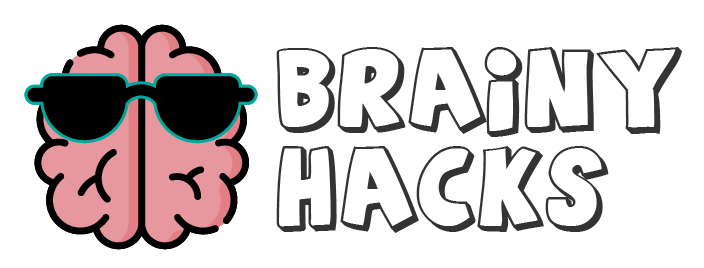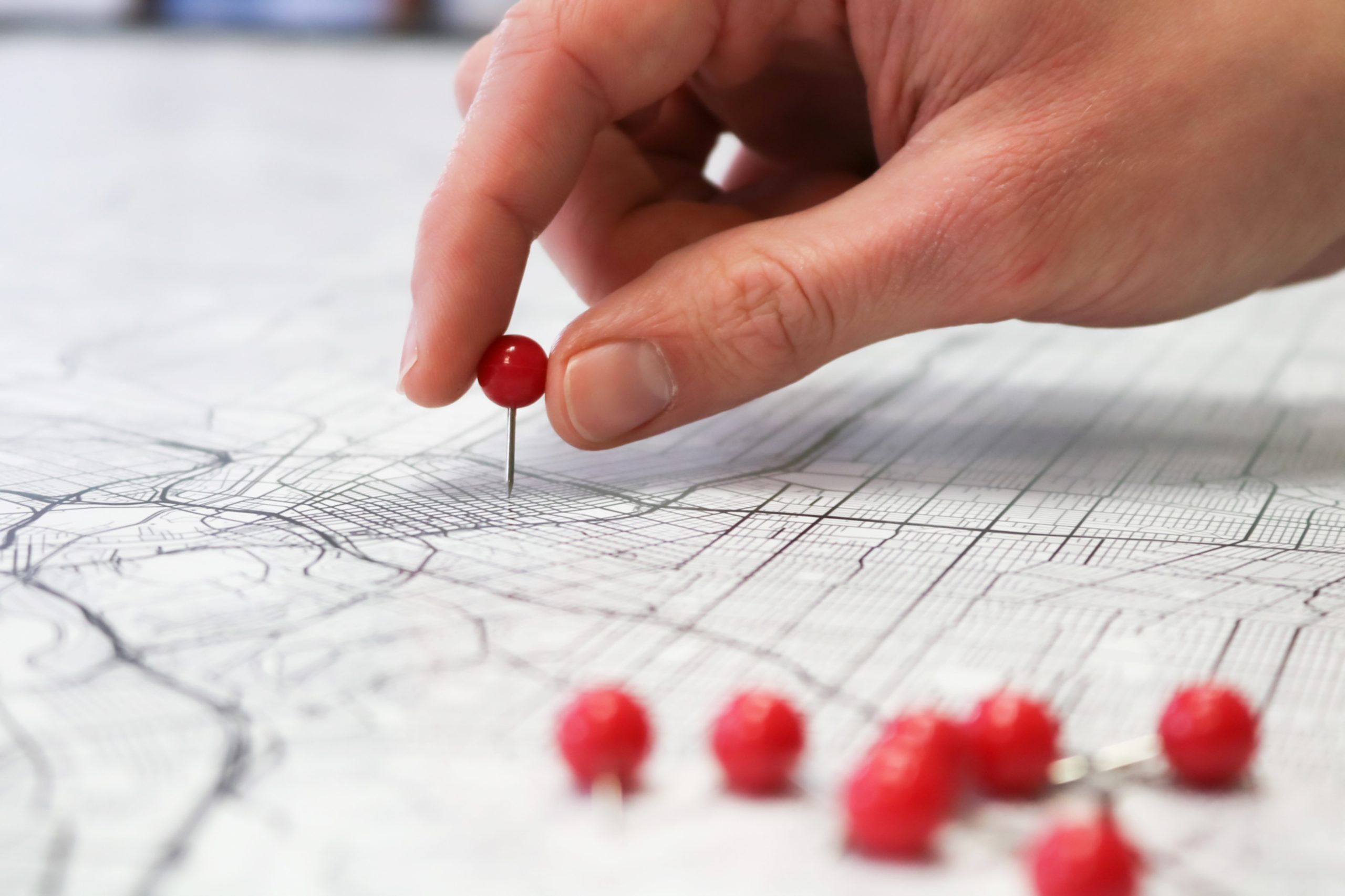If you’re familiar with the fictional characters of consulting detective Sherlock Holmes, or Patrick Jane from The Mentalist (also a consulting detective), then you’ll be familiar with their use of the method of loci in order to make connections and solve crimes. In the real world, it’s a powerful memory-enhancing technique that’s used by memory champions and super learners to remember everything from sequences of numbers, to the history of art.
Even if you don’t have memory athlete or super-sleuthing ambitions, this technique is incredibly powerful in enhancing retention. According to a study by Microsoft, the average person has memory retention of eight seconds. You read that right… eight seconds. After about an hour, you will have forgotten about half of the information and by the next day, over 70% of that new information will have disappeared. That’s not very helpful when you need to study for exams or remember important information in the future.
If you want to learn more about what this technique is and see it in action, keep reading! We’ll lay out a definition, provide examples, and show you how you can begin using it to enhance your studying, retain information for longer, and amaze people with your memory prowess.
Table of Contents
Method of loci definition
The method of loci is also known as the memory palace. It is a mnemonic device where you use visualizations of a really familiar location, like a room, house, or neighborhood, and pair it with information you need to recall. After all, the word “loci” derives from Latin to mean “location”. Through these pairings, you are better able to recall sequences of numbers, lists, facts, faces, and much more.
The method of loci is actually an ancient technique that was used by the ancient Greeks and Romans. And in the late 1960s, neuroscientists and psychologists such as Francis Amelia Yates, John O Keefe, and Lynn Nadel explored the technique in detail and ignited popular imagination with its powers.
Let’s drill down the definition a little more. The human brain is remarkable at remembering important location information. If you close your eyes and imagine your bedroom, you know exactly where your lamp is, where the desk is, what color your curtains are, what pictures are in which frames, and what books are on your bookshelf.
You know how to get from your bedroom to the kitchen; where to turn left or right, what pictures are hanging on the walls, what the floor looks like, and so on.
You also know routes around your neighborhood, like how to get to school or college, where the grocery store is, or how to get to the park. Along the way, you’ll be really familiar with certain landmarks, such as where the mailbox is, the store with an eye-catching neon sign, the bakery with a tantalizing window display, the street light that flickers, or the road sign with a sticker on it.
It’s important that whatever location you use, that it is very familiar. This is because we don’t want to spend processing power on trying to remember locations or objects within the location while adding new information for recall on top of it.
What is a method of loci example
Derren Brown does a really great explainer of the method of loci in action that you can watch here.
For the sake of illustration, we’re going to use this room and pretend that we know it like the back of our hand.
Say we’re going to the grocery store and need to remember to buy milk, apples and some eggs.
You’re going to visualise this room in your mind and associate the list of groceries with different things in the room. It helps if you make these associations strange or unusual so that your attention is drawn to them.
Let’s imagine that when you walk into the room, the first thing you see is a window on the left. As you sweep around the room to the right, you’ll see a coffee table, a painting in a frame, a lamp, a sofa, a tall bookshelf, etc.
Now what we’ll do is make some weird and wonderful associations with this familiar room. We walk in and the first thing we notice is the window – but what on earth is a cow doing looking through the window? Oh yeah – milk. Next up, we notice that the picture frame now has an apple in it in the style of Picasso. Apples! Then, as we keep moving around the room – oh my word, there’s a giant chicken that’s made a nest on the couch! Eggs.
This is, of course, a very simplistic example, and memory athletes have rooms or routes with a lot of detail that they can attach information to. For example, we’re not just recalling a window, a painting, and a couch. We’re recalling what every single book and object on the bookshelf is. The more detail you’re familiar with, the more information you can attach to the objects to recall later.
Famous (real) Method of Loci users
We introduced this article with two fictional characters – Sherlock Holmes and Patrick Jane – but there are many real-life method of loci users, some of whom are famous memory champions, like Yanjaa Wintersoul. Known simply as Yanjaa, she is a world-record-holding memory athlete and an international grandmaster of memory of whom there are only 22 of these in the world.
She wasn’t born a prodigy but a regular kid like you and me. She only began her memory training when she was 20 and quickly landed world records for being able to recall 212 names and faces in 15 minutes and 354 random images in 5 minutes. She also broke a world record for memorizing 145 random words in 5 minutes.
Here’s Yanjaa explaining how she uses creativity to tell stories centred around locations to help recall details.
How to use the method of loci to study
To recap, you need to:
- Be able to visualize a really familiar location or route along with its details
- Visualize the information you need to recall and find creative ways to represent it
- Associate each one of these pieces of information with a location in your room or along your route.
- When it’s time to recall your information, visualize your room or route and take time examining different parts of it. Memories will begin to arise where you’ve made connections with locations and pieces of information.

